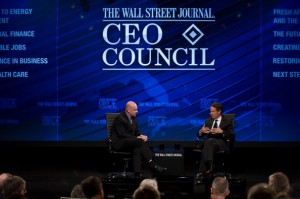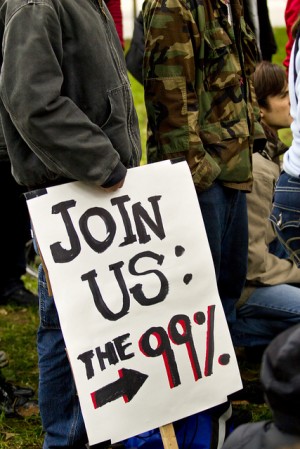
Nicholas Kamm / AFP/Getty Images
Occupy DC protestors march to the Key Bridge in Washington, D.C. on Nov. 17 during a day of protests in a show of force by the Occupy Wall Street movement.
By Bridget Todd
Originally posted on Racialicious, republished with permission.
People often tell me that I don’t look like your average Occupy protestor. I was initially drawn to the Occupy movement for several reasons. As an educator, anything that gets young people paying attention to the world around them is something that I feel the need to support. As an activist and organizer, I generally believe in the need for all citizens to engage in this kind of political discourse. As a black woman, I feel any conversation about economic inequality is incomplete if it doesn’t also address racial inequality as well. The various occupations across the country present spaces for such conversations to take place. I’ve found plenty of reasons to support the Occupy movement, but does the movement support me?





